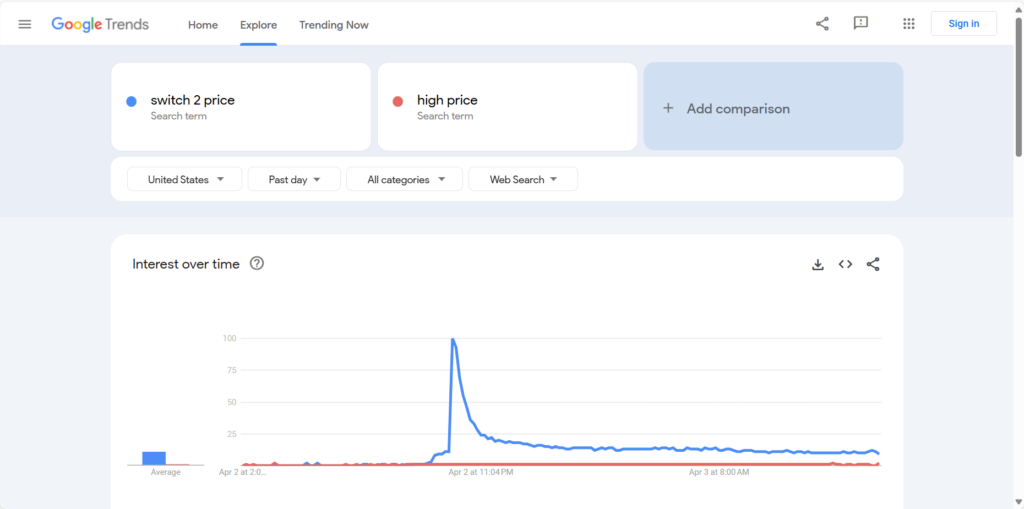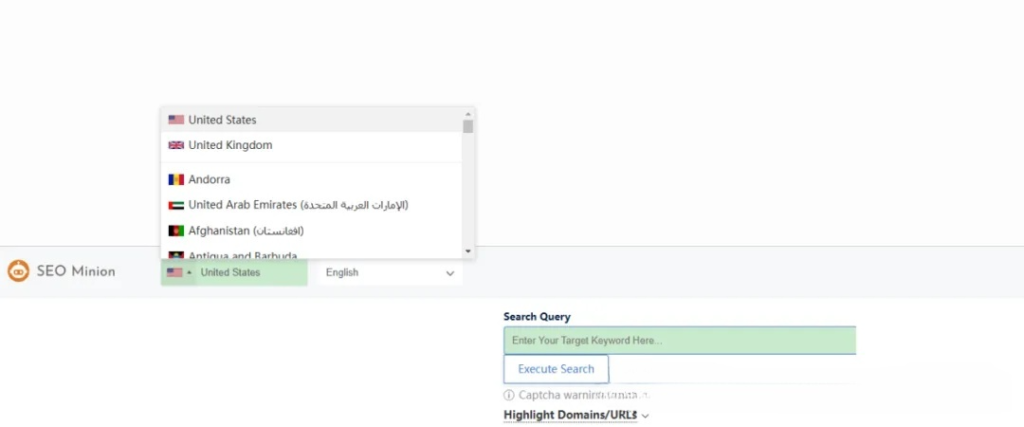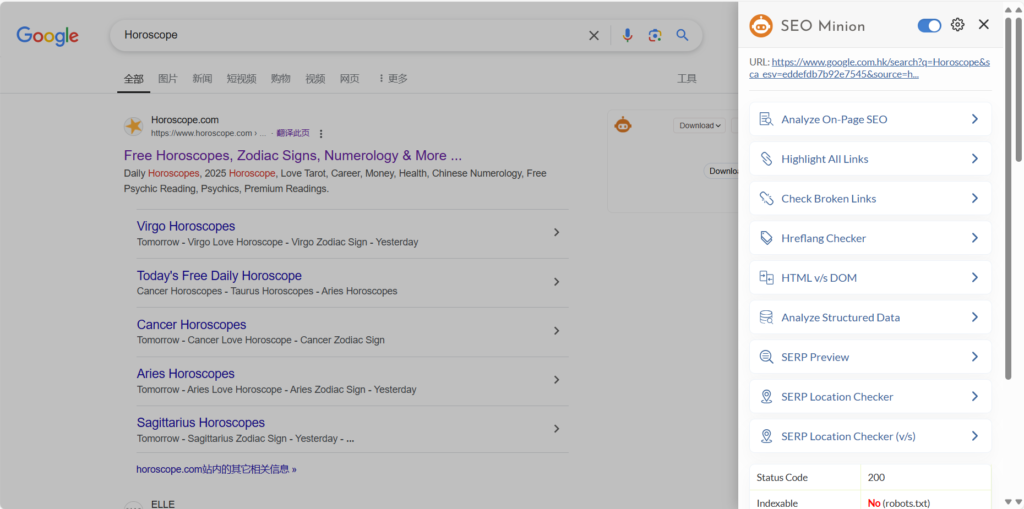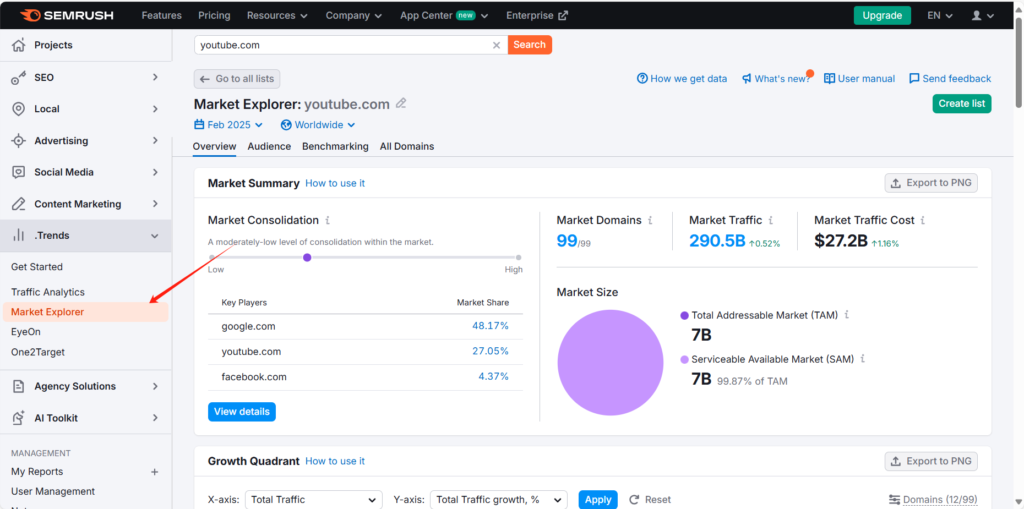With competition fierce in mainstream markets, many entrepreneurs are turning their attention to niche language countries and regions. Today, based on my operational experience, I’ll share commonly used tools for international SEO and specific methods for using them together.
Market Research Tools
1. Google Global Market Finder
The process of using Global Market Finder is straightforward: input your website (or main competitors’ websites) and primary product categories, and it will provide market direction and data for potential markets.

Although the data provided is limited, it’s an excellent starting point to help you identify potential market directions and serve as a foundation for further in-depth exploration. Tip: Input different competitor websites multiple times to improve data accuracy. After clarifying which countries to prioritize, continue with the tools below.
2. Google Trends

Research search trends in target markets by selecting different countries/regions. When searching for keywords, it’s recommended to use local language or idioms first to ensure research accuracy.
3. Local Google Search Engines
Google uses different domain names and localized content in different countries and regions. Popular topics and search results vary by region. After determining which country/region to expand into, you can use a VPN or directly access the corresponding regional Google domain to view search results, such as Google.co.uk (UK), Google.co.jp (Japan), etc. Tip: It’s best to use a VPN and browse in incognito mode for research.
4. SEO Minion Browser Extension

The “SERP Location Checker” feature built into the SEO Minion plugin makes it easy to research SERPs (Search Engine Results Pages) from different countries and regions.

It’s convenient to use and also offers SERP comparison functionality across different countries and regions.
5. SEMRush‘s Market Explorer Feature


Similar to SimilarWeb, the Market Explorer feature in SEMRush can analyze main traffic sources, channel distribution, and country distribution data for single or multiple competitors. Through multiple analyses, you can clearly determine priority directions for expanding into niche language markets.
6. Keyword Research with ChatGPT and Other AI Tools
When creating content for niche language regions, besides using AI for translation, you’ll also need its keyword research capabilities. AI tools with real-time internet access or Deep Search functionality are particularly useful for keyword research.
Translation Plugins
If using WordPress for your website, you can choose plugins like Gtranslate or TranslatePress, which have similar functionality. To achieve good translation results, you generally need to use the paid version and purchase translation API credits, which also costs money. Taobao offers more economical options. If using Shopify, you can directly search for highly-rated translation plugins in the APP marketplace and choose suitable tools.
Translation Tools
These translation tools are for situations where automatic translation from plugins isn’t sufficient, such as when designing multilingual page copy or creating landing page content yourself. Previously, tools like DeepL and Google Translate were common, but now LLM AI tools like Claude, ChatGPT, and the currently popular DeepSeek are primarily used.These AI tools generally maintain relatively authentic and fluent translations, though sometimes they still have a “translated feel.” To solve this problem, there’s a prompt technique that I’ve mentioned before and won’t repeat here.